Elvas - Accessible Itinerary
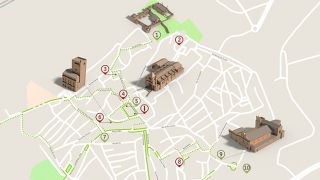
Being the largest fortified bastion in the world, Elvas has played an important part throughout history in defending the Portuguese border, which justified its classification as a World Heritage Site. The walls, dating from different periods, and the curious bastion fortifications are the main points of interest in the complex that also includes the great Aqueduto da Amoreira, constructed at the end of the 15th century. This magnificent landmark impresses anyone coming along the Estremoz road.
Its historical features mean that Elvas has quite a lot of impediments to accessibility, and only a partially accessible tourist itinerary is possible. Most of the streets have an irregular cobblestone pavement which hampers mobility, as does the slope of some streets that lead to the main points of interest such as the Castle, at the highest part of the city.
The footpaths along the route can be used by people with impaired mobility, although they vary in width so that from time to time you have to use the road. In addition, you often find streets without a footpath and you must therefore take care.
Follow this itinerary with the map
Castelo de Elvas (1) – Igreja da Ordem Terceira de São Francisco (2) – Igreja das Domínicas (3) – Igreja de Nossa Senhora da Assunção (4) – Praça da República (5) – Torre Fernandina (6) – Museu de Arte Contemporânea (7) – Museu de Fotografia João Carpinteiro (8) – Igreja de São Domingos (9) – Museu Militar de Elvas (10)
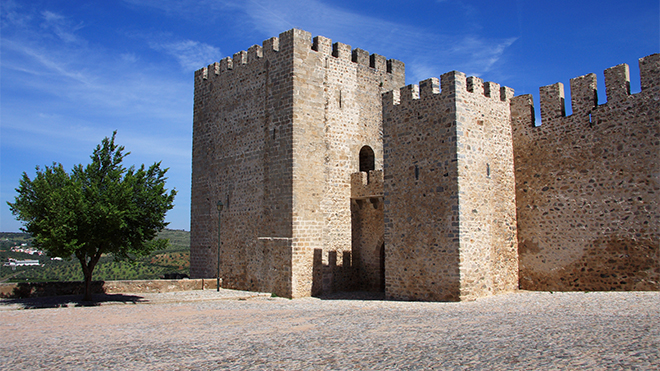
Elvas © John Copland | Shutterstock
The start of a partially accessible route is the viewpoint at the highest part of the town, Castelo de Elvas (Elvas Castle) (1), built in the 12th-14th centuries. Very close to this National Monument, classified in 1906, stands the Igreja da Ordem Terceira de São Francisco (Church of the Third Order of St Francis) (2). The tile panels with scenes from the life of St Francis and the 17th century carved work of the high altar and side chapels, by a local artist, is remarkable and justifies a visit. Access is via a ramp and moving around before that is easy since the area is spacious, without any significant obstacles.
To continue the itinerary, despite the unevenness of the pavement it is possible to go down the street beside the wall to the Igreja das Domínicas (Domínicas Church) (3) in Largo 1º de Dezembro, where you can also see the interesting pillory fashioned in the Manueline style. The 16th century Church has an octagonal floor plan and the decoration is notable for the 17th century tile panels and gilded woodwork, as well as a belvedere with a view of part of the old town. There is a flight of steps up to the entrance, which makes it inaccessible to wheelchair users.
Praça da República, Elvas © Turismo do Alentejo
In a few minutes you reach the Praça da República, the centre of Elvas. It is a large and accessible space, where you can visit the old Cathedral, the Church of Nossa Senhora da Assunção (4). It was built in the 16th century by the king’s architect, Francisco de Arruda, who also designed the remarkable Amoreira Aqueduct. The chancel, in multi-coloured marble dates from the 18th century and is worthy of mention, as is the gilded organ. The long flight of steps to the entrance makes access difficult, but the interior is spacious.

Aqueduto da Amoreira, Elvas © Dimdok | Shutterstock
From here, you can continue the route along Rua da Cadeia, where the Torre Medieval (Medieval Tower) (6) is located. Also known as Torre Nova or Torre Fernandina, inside it is possible to see an exhibition about the fortifications of Elvas and their importance throughout the history of Portugal. The tower has 3 floors which are accessed by a spiral staircase, and therefore they are inaccessible to people with impaired mobility.
To the other side of the same street you can see the building of the Museu de Arte Contemporânea de Elvas (Museum of Contemporary Art) (7), where you can admire the important private collection of António Cachola. Consisting of three hundred works by Portuguese artists in the areas of painting, drawing, sculpture, installation, photography and video, it is a benchmark in Portuguese art. The space is accessible, and by prior appointment, guided tours and activities are provided for people with special needs.

Convento de São Domingos, Elvas © Turismo do Alentejo
After the accessible Rua da Cadeia and Rua da Carreira, it will be necessary to overcome the difficulties of continuing along two streets with uneven surfaces until you get to the singular Museu da Fotografia (Museum of Photography) (8), where you can see an interesting collection that Dr João Carpinteiro donated to the Municipal Council. The exhibition covers the history of photography with particular references to Elvas. There is also a laboratory for developing photos, an area for the treatment of pieces, and a library.
Finally, you come to one of the points of the star fortification of Elvas, the Igreja de São Domingos (Church of São Domingos) (9) and the Museu Militar de Elvas (Military Museum) (10), where you can learn more about the strategic importance of this border town.

Forte de Santa Luzia, Elvas © Christophe Cappelli | Shutterstock
About 2 km from the area described in the Accessible Tourist Route for Elvas, but outside the city walls and completing the Stronghold of Elvas classified as World Heritage, we must also mention the Forte de Santa Luzia. This is a truly authentic example of European fortifications built in the 17th century. There is also the Forte de Nossa Senhora da Graça, a remarkable example of 18th century military architecture, built on a strategic site to the north, where a chapel dedicated to Our Lady of Grace once stood. To reach these places, tourists with impaired mobility are advised to travel by car. At the entrance there are several parking places for people with reduced mobility and the surrounding areas are for pedestrians and have an even, unpaved surface but with slight slopes.


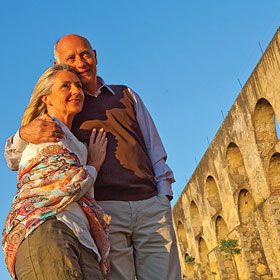
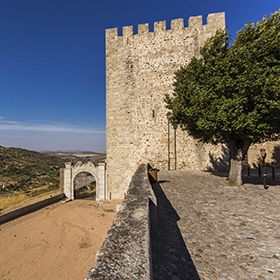


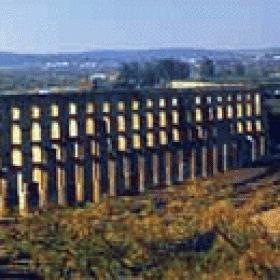



 Explore
Explore 
 Remember and Share
Remember and Share 


